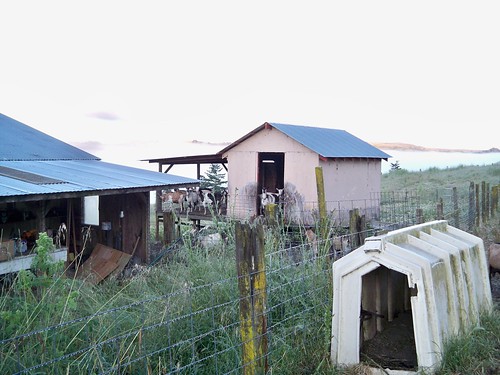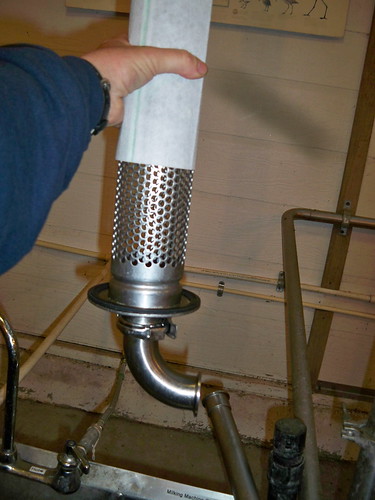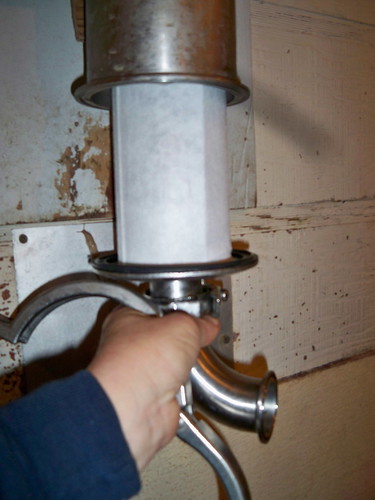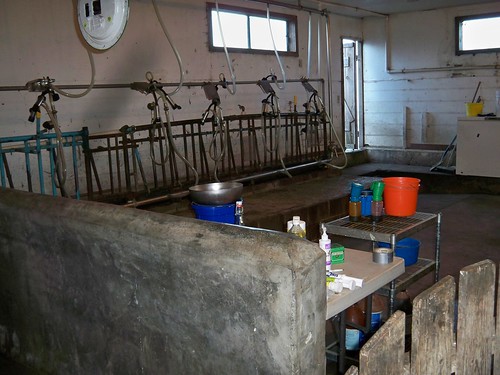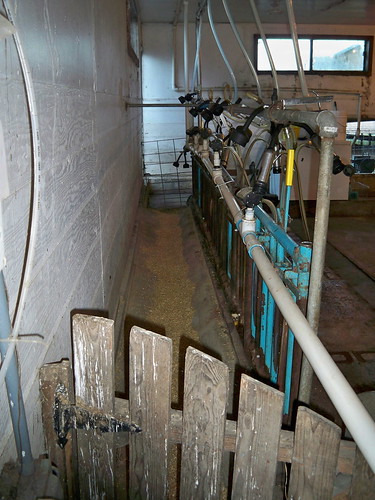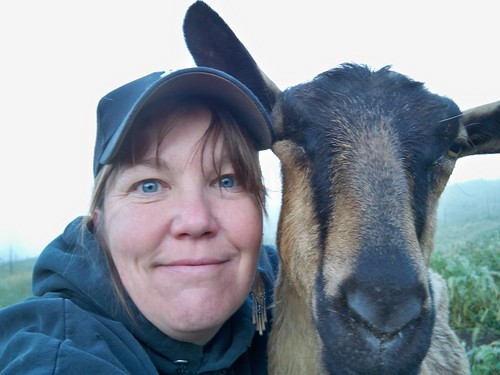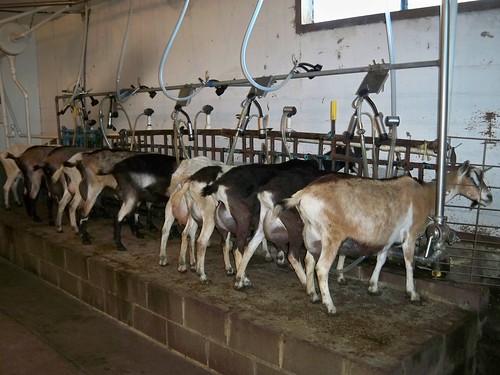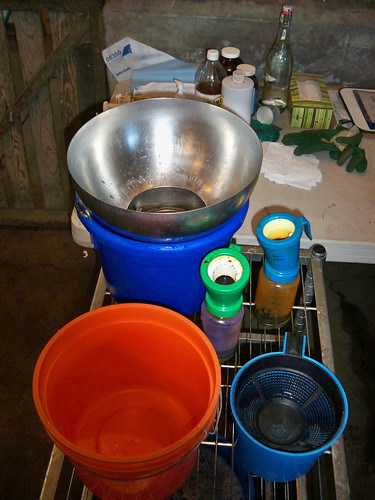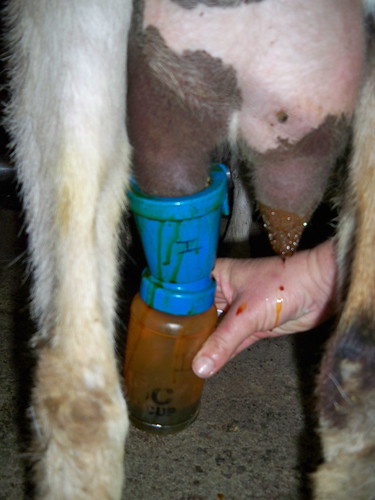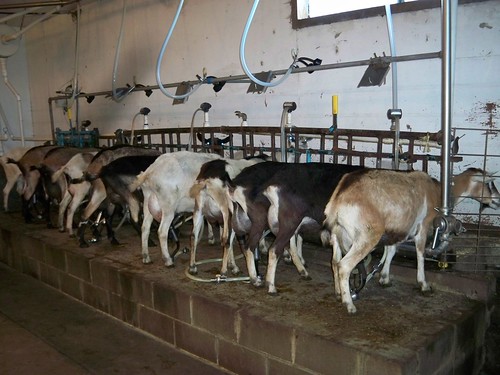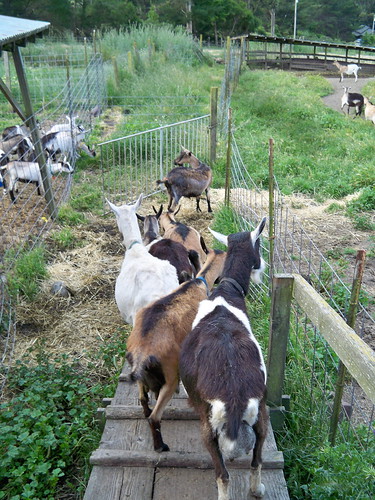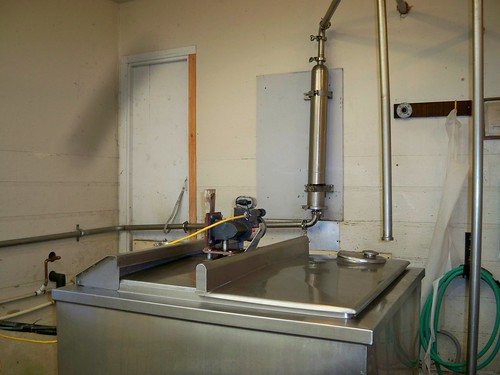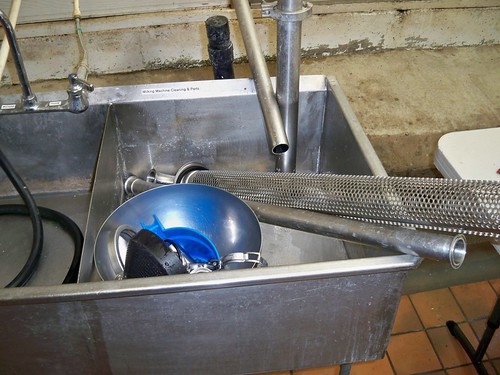My mornings are usually too hectic to write much anymore. For a while, I was trying to get up at 4am to have time to write; now I try for 4:30, and and then there’s the snooze alarm for a few times while I try in vain to remember dreams and contemplate how cold it it’s going to be to walk to the outhouse (even when it’s not cold at all). There’s time to sit zazen, do a few other things for spiritual practice…habits I’m trying, with some success, to start my day with. Then I make coffee, look at email (rarely answering any of it anymore…sorry), and another alarm goes off. That’s the 5:45am alarm that gives me 15 minutes to wake and feed Laika, throw on the Carhartt double-fronts and muck boots, pour coffee into the travel mug and get down to the barn and milk goats.
Really, it’s a pretty good morning.
I’ve been thinking a lot about cravings, and my constant need for more, more. There are times when I am crazy with craving and have no idea what the craving is for. When I do know what the craving is for, I know that the object of my craving won’t fill the void, and yet it’s always been so much easier to give in; to check out, to succumb to the numb, with food, with alcohol, with material possessions, with accomplishments, with love or anything that remotely approximates love.
Every practice that feels right to me…permaculture, zen, Jungian psychology…tells me that I am not separate or apart from anything. That we are all profoundly connected and that it’s those interconnections that are the important thing. And when I have moments of actually feeling that, instead of trying to intellectually conceptualize it, I certainly don’t feel cravings.
The cravings require a hole, and a hole requires a boundary, a demarcation in space of some sort. “Form itself is emptiness, emptiness itself form.” It makes me wonder if my task is not so much to avoid the impulse to fill the emptiness, but rather to dissolve the sides of the hole. To ignore the red herring of the suffering known as craving, and to instead seek to experience the interconnection.
My understanding of these things is very naive. The other day, I woke up to the fact that I really am like a 14-or16-year old driving around this self-abused 46-year old body…that parts of me must have split off at some point and just quit maturing, and now my task is to grow them up. And really understanding this, I realize how much in danger I am of making stupid mistakes. I always want to think that the rules don’t apply to me. Will I ever learn to shut up and listen to the wisdom that’s right in front of me? I’m trying, but sometimes I think I’m just going to burst into flames. I become a wad of discontent.
One of the things I’ve wanted in my life is to live closer to nature, to really feel those interconnections. Slowly, my life is being steeped in this more and more. Most days, you could ask me what phase the moon is in, and I’ll know…not because I have an app for that, but because I’m outside a lot, and waking up to the sky, the wind, the birds, the earth. The other morning, I looked forward to scanning the sky as I walked to the bathroom…I knew it was the full moon. I could even see the glow from inside the dark yurt.
But when I walked outside and turned to look at my friend the moon, something was wrong. A big lopsided bite had been taken out of her. And I remembered hearing about an eclipse.
I sat zazen with the eclipse that morning, outside with the borage, nasturtiums, and numberless beautiful weeds. The moon drifted above the fog, until slowly it was dragged down into it, as if being eaten by a giant cosmic snake.
I almost didn’t get it. I almost forgot to be grateful, to wake up to this indescribable beauty, to how incredibly fortunate I am and how easy and luxurious my life really is. The life of waking up to nature was right here and now; everything I wanted was already mine. And I almost just ran past it in my life, almost just went ahead with the next obsessive thought about some idea of something new to need.
 My newest zen hero:
My newest zen hero: 